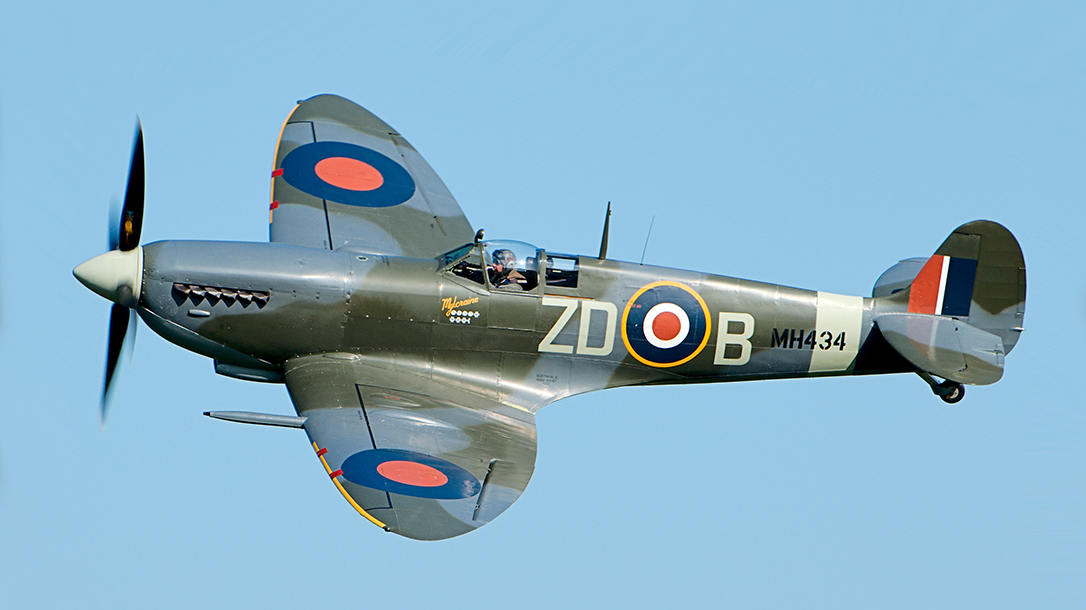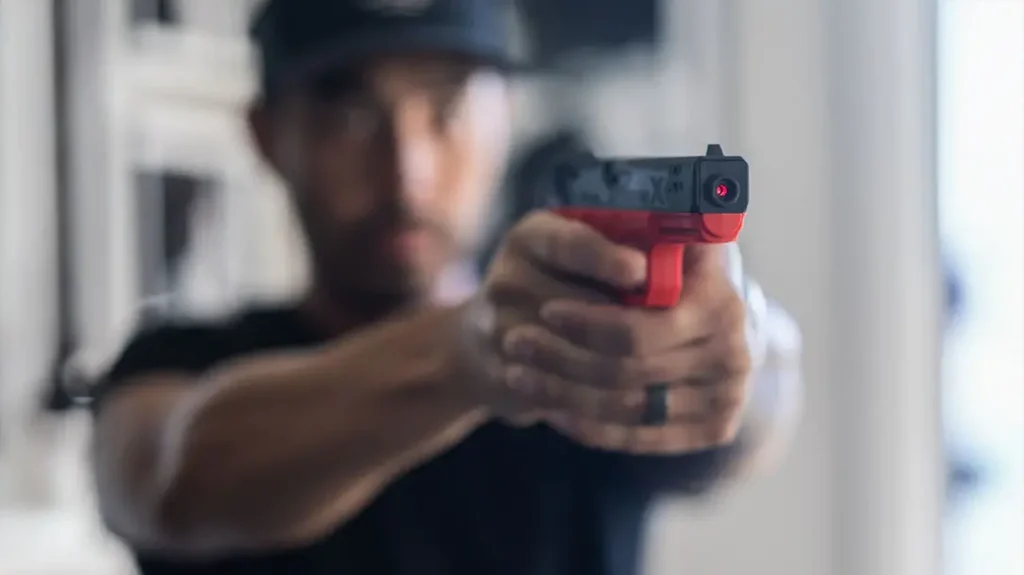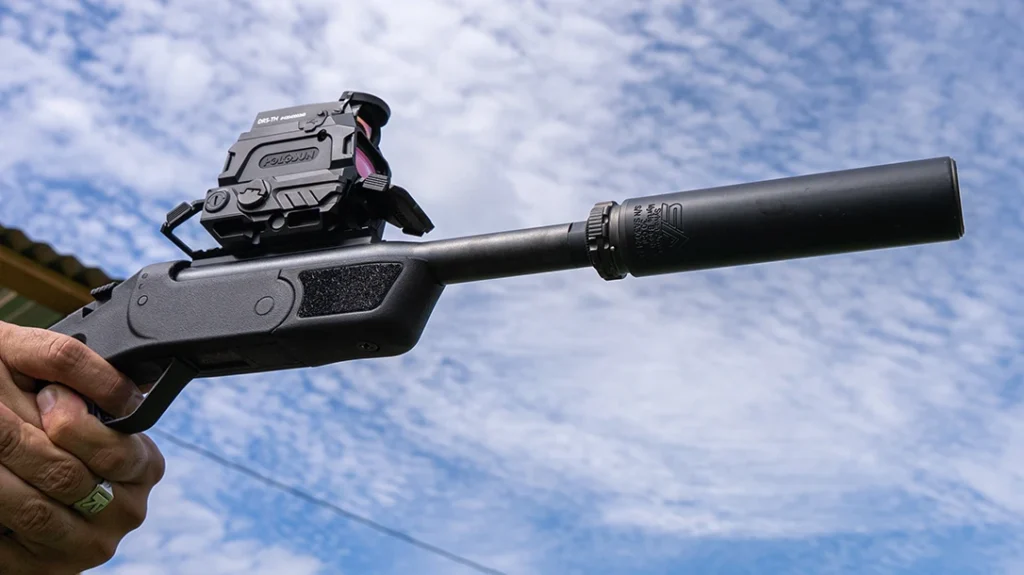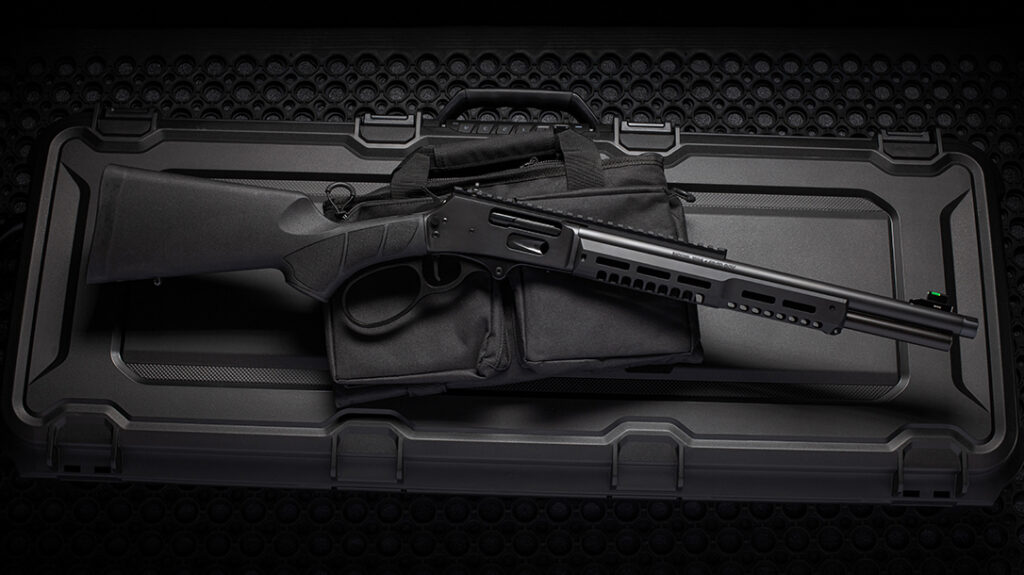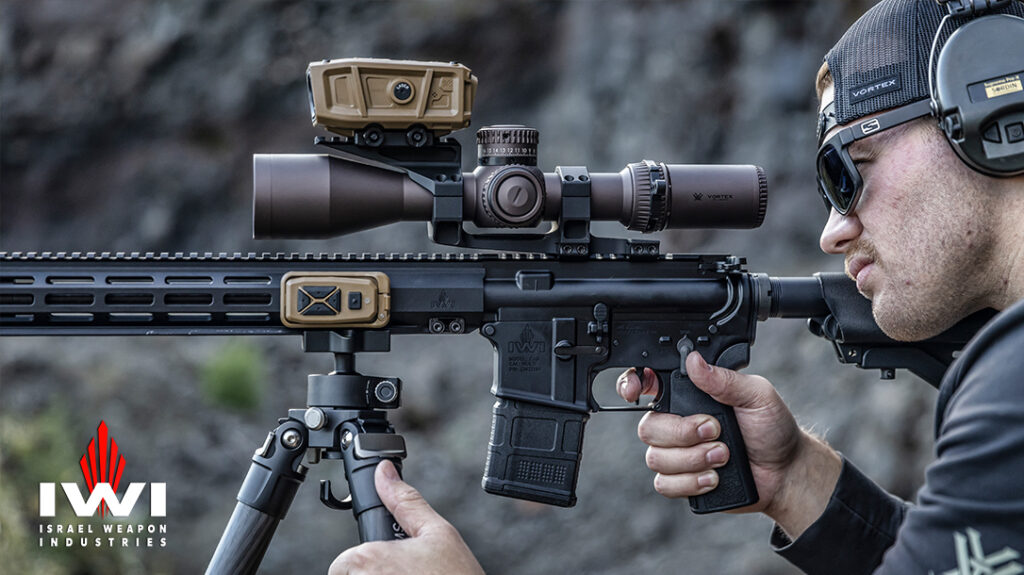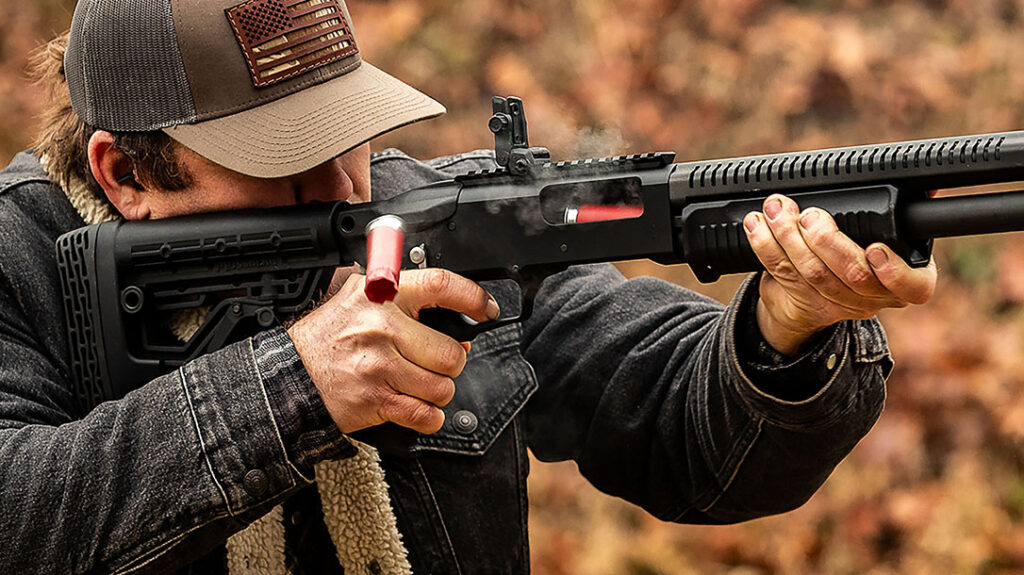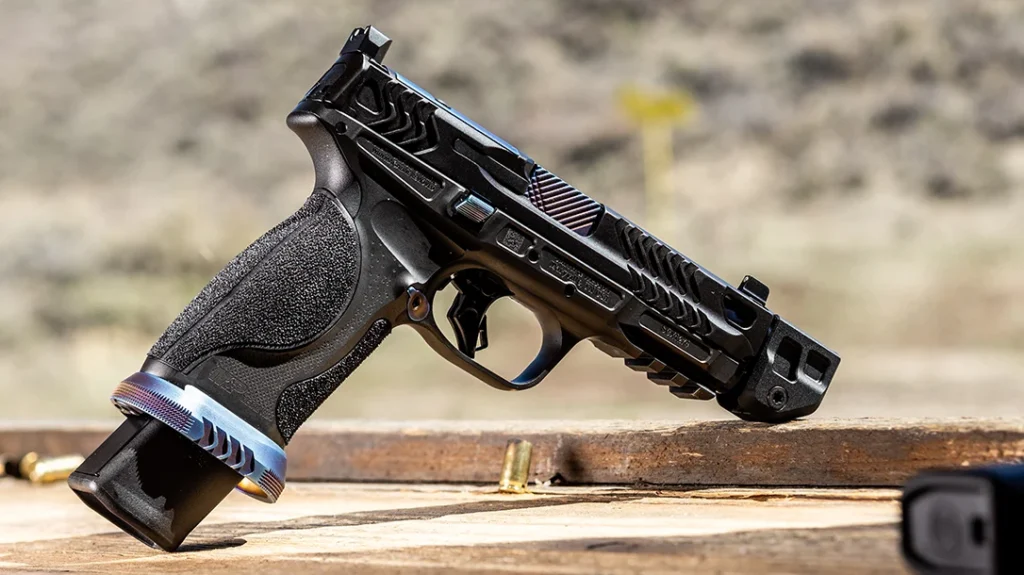The Supermarine Spitfire is one of the most iconic fighter aircraft of World War II, celebrated for its versatility, performance, and sheer elegance. Designed by R.J. Mitchell and first flown in 1936, the Spitfire quickly became the backbone of the Royal Air Force (RAF) Fighter Command. Its sleek design, elliptical wings, and powerful Rolls-Royce Merlin engine contributed to its exceptional agility and speed, making it a formidable opponent in the skies.
The Spitfire served in various roles throughout the war, from air superiority to ground attack and reconnaissance, with numerous variants tailored to specific missions.

Advertisement — Continue Reading Below
Among its numerous variants, the Supermarine Spitfire PR.XI (Mark XI) stands out as a remarkable reconnaissance aircraft. It was used by both the Royal Air Force and the United States Army Air Forces (USAAF) during the World War II. Its contributions were significant for both the British and American forces in planning and executing military operations.
Supermarine Spitfire Development & Design
The Supermarine Spitfire PR.XI was a product of the necessity for high-altitude photographic reconnaissance. Combining the airframe of the Mark IX fighter and the unarmed nose section of earlier PR variants, it was engineered to operate at high altitudes and speeds, outrunning enemy fighters and maximizing the reach of its cameras. The PR.XI retained the Merlin 61, 63, or 70 engines, each offering the power and reliability needed for extended missions.

Advertisement — Continue Reading Below
The aircraft lacked the armament typical of fighter models, a conscious decision to reduce weight and increase fuel efficiency. This sacrifice paid off, as the PR.XI achieved exceptional range and endurance, crucial for deep-penetration reconnaissance missions over enemy territory.
Operational Role
The Supermarine Spitfire PR.XI was equipped with various cameras for vertical and oblique photography, tailored to specific mission requirements. These included the F.24 camera for high-altitude work and the F.8 for lower altitude operations, each capable of capturing detailed images over vast areas.

Advertisement — Continue Reading Below
Serving primarily with RAF reconnaissance squadrons, the PR.XI conducted a wide array of missions, from mapping enemy positions and infrastructure to gathering intelligence on troop movements and fortifications. The invaluable information obtained often played a critical role in the planning and execution of Allied operations, including the D-Day landings.
Supermarine Spitfire Notable Missions
Operation Fortitude:
One of the most critical contributions of the Supermarine Spitfire PR.XI was during Operation Fortitude, the deception plan to mislead the German High Command about the location of the Allied invasion of Europe. The PR.XI aircraft flew numerous reconnaissance missions over the Pas-de-Calais region, capturing detailed images of German fortifications and troop deployments. These images were used to create fake invasion plans, convincing the Germans that the main assault would occur at Pas-de-Calais rather than Normandy. This deception played a crucial role in the success of the D-Day landings.
Preparation for D-Day:
In the months leading up to D-Day, the PR.XI was extensively used to gather intelligence on the French coastline. The aircraft captured high-resolution photographs of beach defenses, artillery positions, and infrastructure, providing invaluable information for the planning and execution of the Normandy invasion. The detailed reconnaissance allowed the Allies to identify and target key German defenses, significantly contributing to the success of the landings.
Advertisement — Continue Reading Below

Battle of the Bulge:
During the Battle of the Bulge in the winter of 1944-1945, the PR.XI was instrumental in providing real-time intelligence on German movements and supply lines. Despite adverse weather conditions and the threat of enemy fighters, the PR.XI flew numerous sorties over the Ardennes region, capturing crucial images that helped the Allies to counter the German offensive. The reconnaissance data gathered by the PR.XI enabled the Allies to anticipate German attacks and effectively deploy their forces.

Advertisement — Continue Reading Below
V-2 Rocket Sites:
The PR.XI also played a key role in locating and monitoring German V-2 rocket launch sites. The aircraft flew high-altitude missions over the Netherlands and Germany, capturing detailed images of suspected launch sites and manufacturing facilities. This intelligence allowed the Allies to launch targeted bombing raids, disrupting the German rocket program and reducing the threat posed by the V-2 rockets.

Mediterranean Theater:
In the Mediterranean theater, the PR.XI conducted reconnaissance missions over North Africa, Italy, and the Balkans. The aircraft provided essential intelligence on enemy troop movements, supply routes, and fortifications, aiding Allied operations in the region. The PR.XI’s ability to operate at high altitudes and long ranges made it an invaluable asset in the vast expanses of the Mediterranean theater.
Advertisement — Continue Reading Below

Supermarine Spitfire Performance & Specifications
One of the key strengths of the PR.XI was its performance. Capable of reaching speeds up to 422 mph and altitudes of 40,000 feet (12,200 meters), it could evade interception while providing comprehensive photographic coverage.

Advertisement — Continue Reading Below
Engine: Rolls-Royce Merlin 61, 63 or 70 of 1,655 hp
Maximum speed: 422 mph
Cruising speed: 369 mph
Range: 1,360 miles
Service Ceiling: 40,000 ft.
Span: 36 ft. 10 in.
Length: 30 ft.
Height: 12 ft. 7 in.
Weight: 8,040 lbs. loaded
Cameras: F.24 and F.8 types
Armaments: None (unarmed)
Efforts Contributed
The Supermarine Spitfire PR.XI’s contributions to the Allied war effort cannot be overstated. It exemplified the strategic shift towards intelligence-driven operations, where information gathered by reconnaissance aircraft became as critical as the firepower of bombers and fighters. The Supermarine Spitfire PR.XI remains a symbol of the ingenuity and adaptability of wartime engineering.

Advertisement — Continue Reading Below
The PR.XI’s ability to fly at high altitudes and speeds, combined with its advanced camera systems, demonstrated the importance of gathering detailed intelligence from the air. This concept of using aircraft for strategic reconnaissance influenced later designs and technologies used in Cold War-era spy planes like the U-2 and the A-12, which incorporated advanced stealth features and sophisticated imaging equipment. The PR.XI’s contributions to aerial reconnaissance during World War II helped shape the evolution of reconnaissance aircraft, leading to the sophisticated spy planes we see today.
